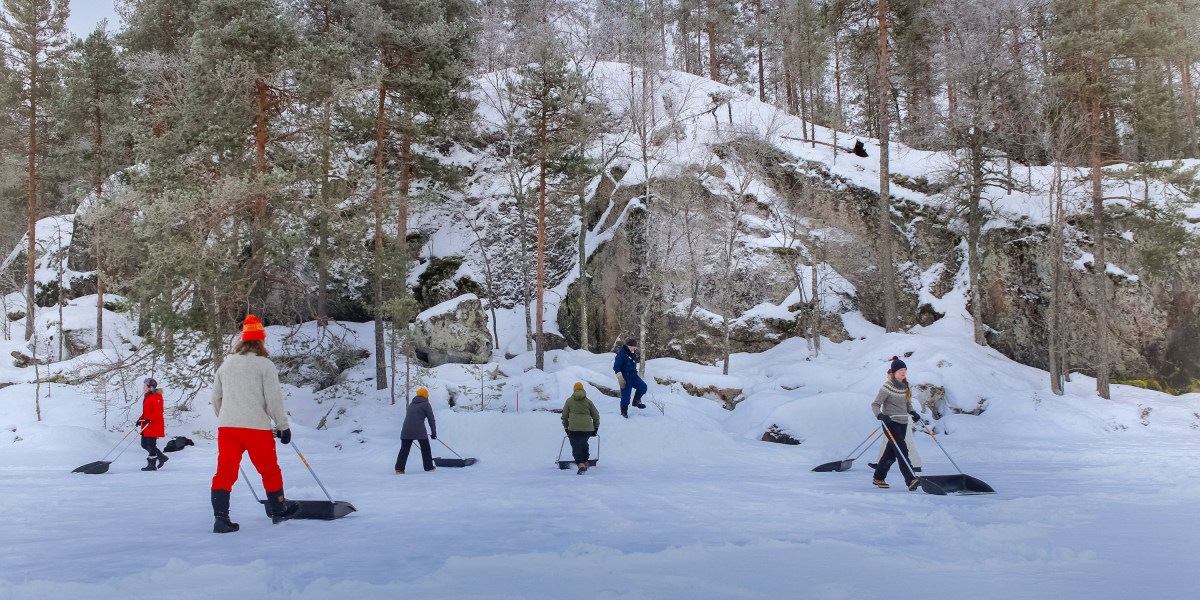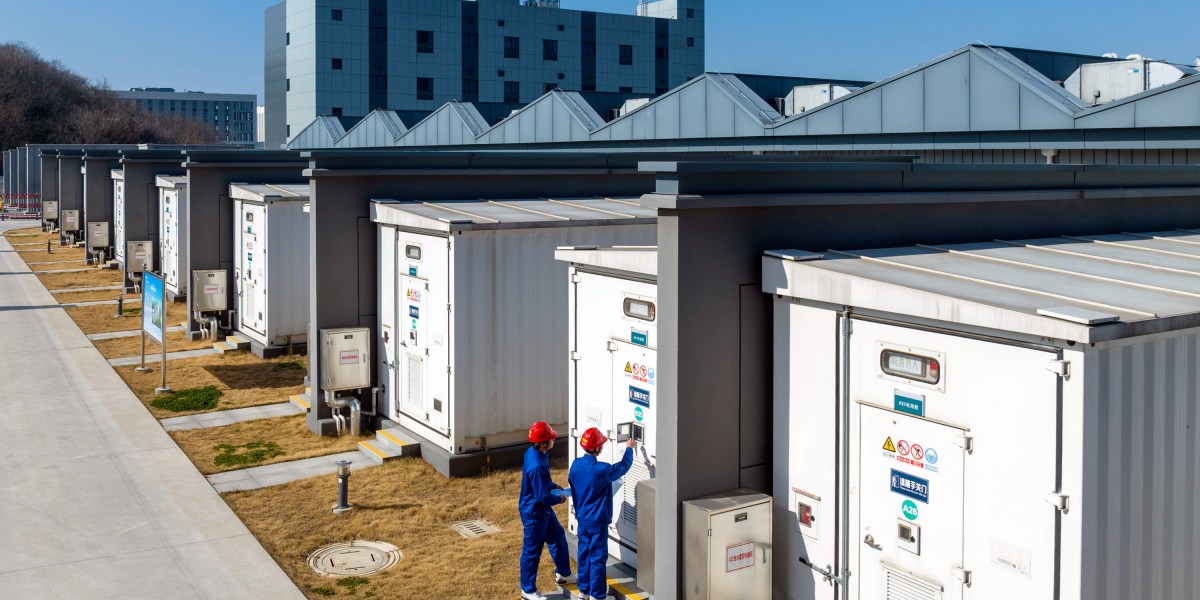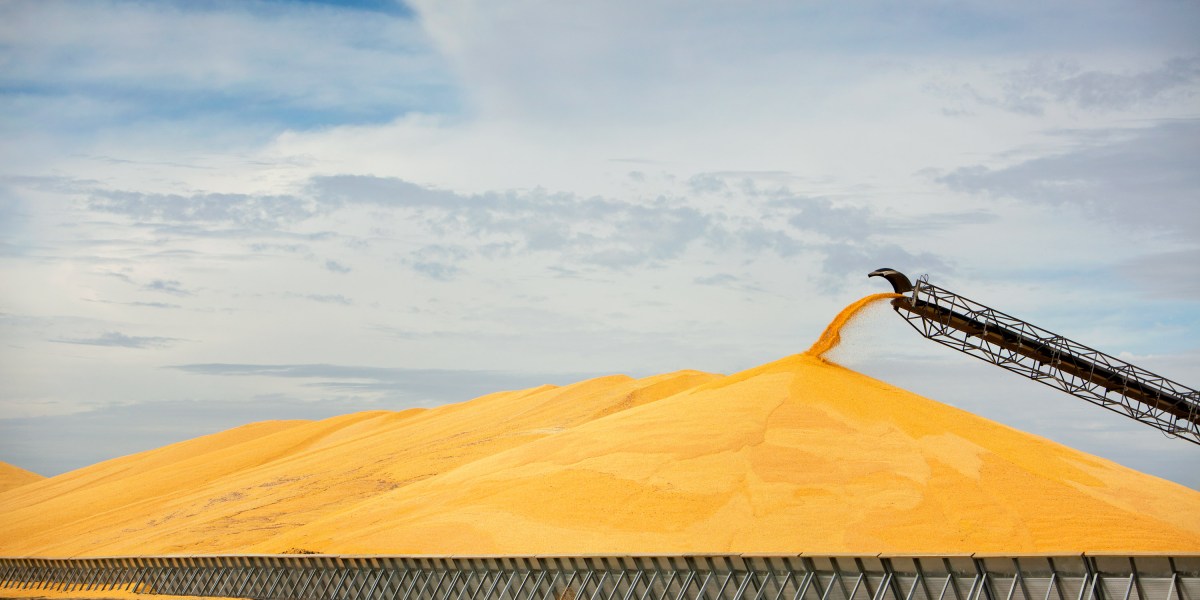These artificial snowdrifts protect seal pups from climate change

As ice and snow arrive, the teams spring into action, joined by groups run by the charity World Wildlife Fund in southern parts of Lake Saimaa. All of today’s volunteers—including a nurse and yoga instructor—are constructing seal habitats for the first time. Their destinations are plotted on a map kept secret under Finnish law to protect these rare creatures. The first site is in a sheltered cove shadowed by rocks and trees on the north side of a small island, where the snowdrifts they make will be protected from melting through spring. On arrival, Ilmonen hammers a heavy metal spike called a tuura through the ice and uses a measuring stick to check that there is close to a meter of space for the seals to swim below.
Today, the levels are right, and he marks out an area for the snowdrift. Construction begins by driving loose snow into a bank about eight meters (26 feet) long and three meters wide. As snow piles up, Ilmonen stomps it down to form compact layers until it reaches a height of about a meter. If all goes to plan, fresh snowfall will add a further layer of cover.
Over the last decade, the locations, designs, and construction methods for anthropogenic snowdrifts have been developed by scientists from the University of Eastern Finland and the Finnish parks agency. Each year data is gathered by a seal census (some years with the help of camera traps that record seals’ preferences and the performance of their shelters), and the process is tweaked the following year. The first shelters were smaller, with loosely piled snow, explains ecologist Miina Auttila, who invented the artificial snowdrift for her PhD thesis in 2010, but “after the first winter, the drifts we had piled up had melted surprisingly quickly and the roofs of the lairs collapsed.” Pups left exposed can freeze or be eaten by foxes, wolves, lynx, or wolverines.
Stanislav Roudavski, founder of Deep Design Lab at the University of Melbourne, says this type of rigorous data gathering and iterative design is one way we can begin to treat other species as collaborators and “co-design” with them.
Environmental scientists and designers are envisioning more ways to support wild organisms through what’s sometimes called “interspecies” or “more-than-human” design, such as by producing artificial reefs or wildlife bridges. The shelters are one of many solutions meant to respond to specific populations’ conservation needs. Other examples include the grisly vulture restaurants in Nepal—enclosures where the scavenging birds are fed cattle carcasses free from the poisons that have decimated populations—and 3D-printed nesting boxes that Deep Design Lab has built for rare owls.




